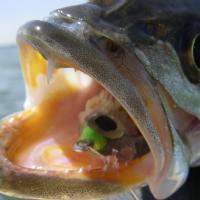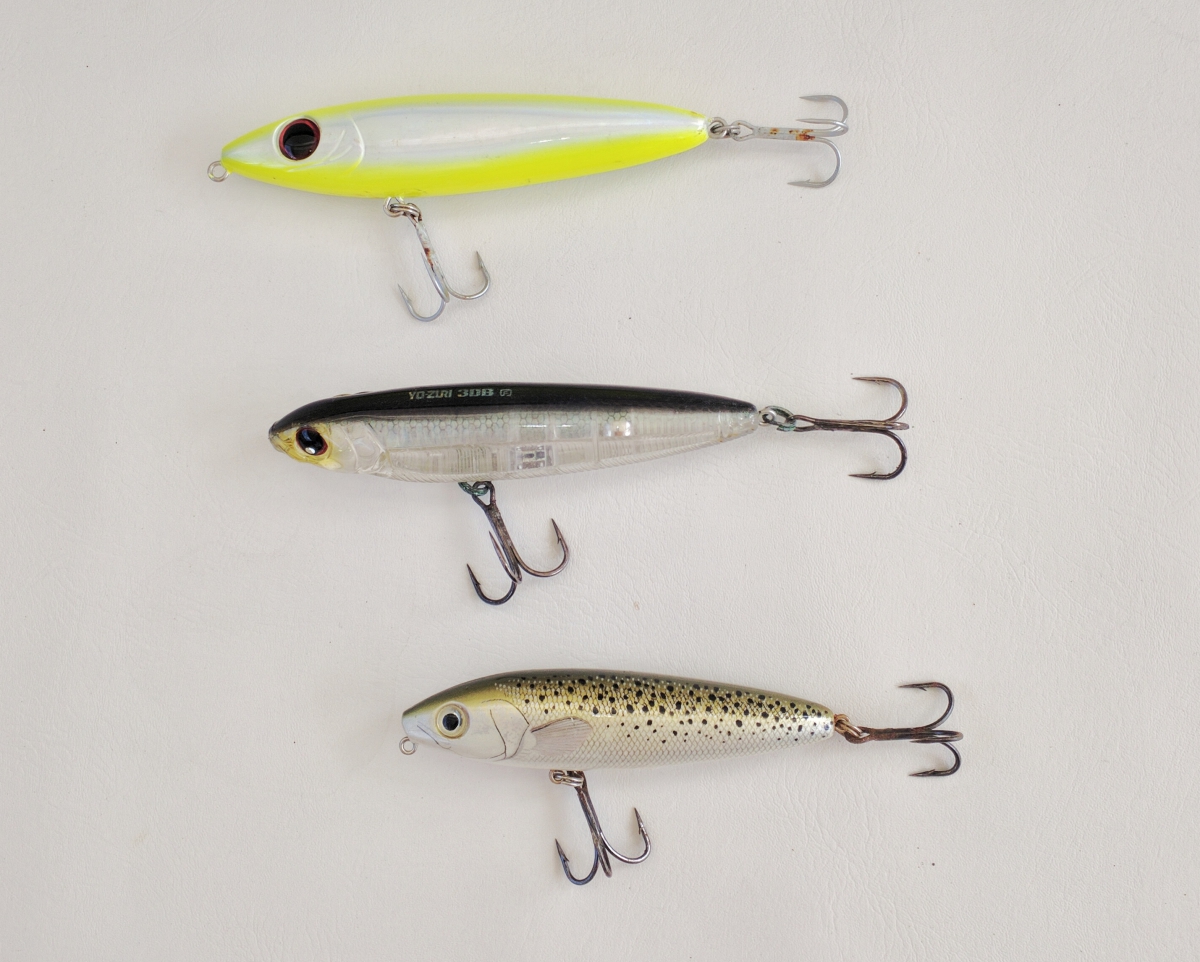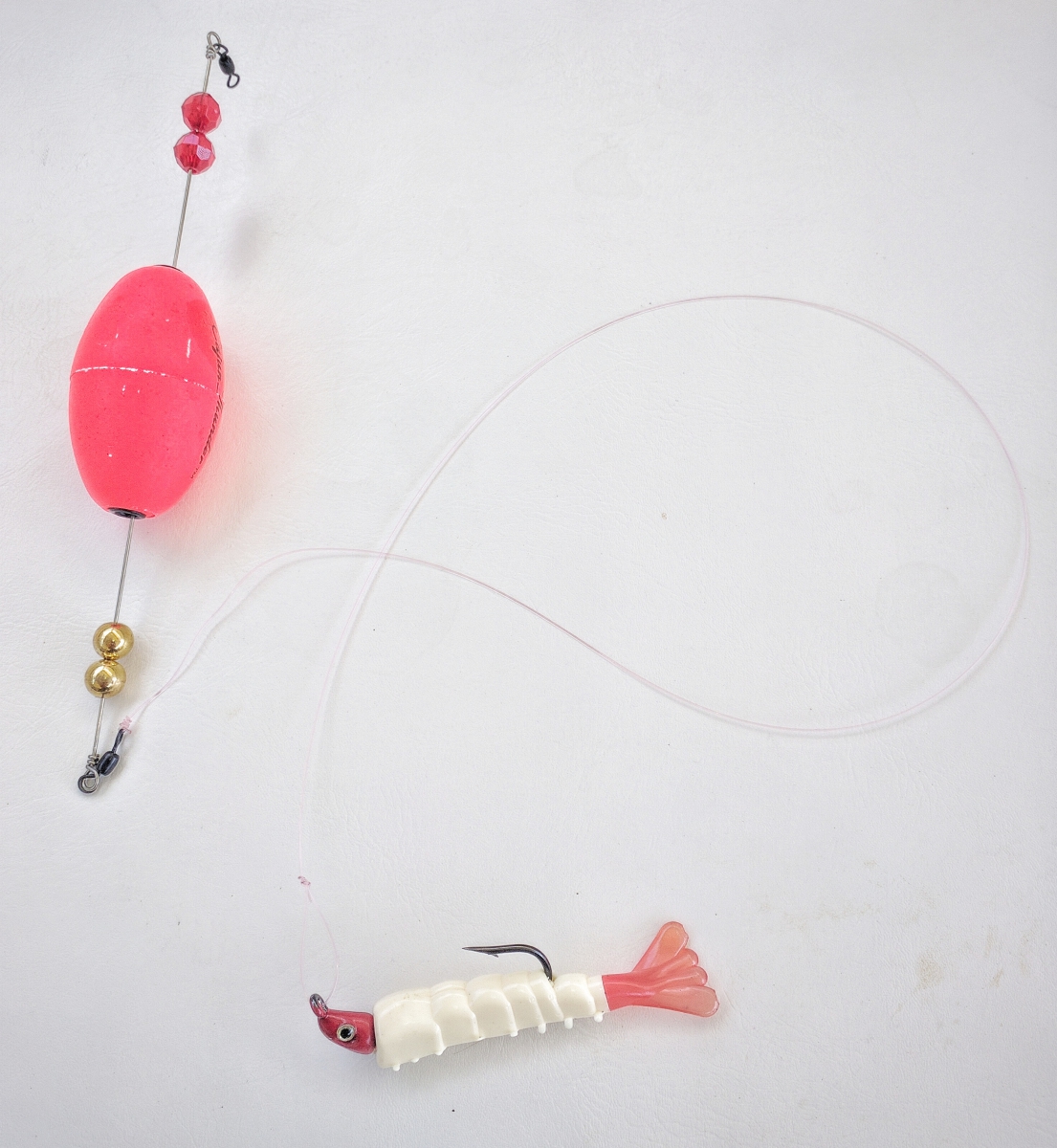Catching Seatrout is a joy that all anglers can appreciate. Whether you are new or an old timer, there is always room to improve your odds.
The information in this article comes from 100% experience, which is what anyone should ever be passing onto fellow fishing junkies like ourselves. “Fish-Tales” and “Here-Say” have their place within the fishing community, but experience should guide the instructional information provided in the much needed “How To’s” for the sport we’ve come to love, recreational fishing.
When targeting Seatrout, or any specific species, understanding the Big Picture is the most powerful tool you could ever have in your tackle box. And when I say Big Picture I am referring to the collective information that will make you successful: understanding the location of your targeted species, factoring in the tide, time of day, water clarity, wind, etc. When considered all together, these items can be overwhelming and confusing to anglers. I want to help you understand how these complex factors play a large role in catching fish, specifically Seatrout. You will be able to apply these factors on your next outing on the water. Whether you choose to wade, paddle your kayak or pole your flats boat across the sea of turtle grass to find your next Seatrout, once you understand the Big Picture, you can formulate a simple, straight forward approach to any species you target.
So let’s start with understanding the location. Seatrout will usually be found on and around grass flats and the channels that surround these grass flats. These flats can be mere inches deep and the surrounding channels as deep as 6 to 8 feet deep, or more.

Now a Seatrout’s daily routine is structured around their food source, which we call bait. This holds true for pretty much all species of fish - find the bait, find the fish. While bait comes in all different shapes and sizes, most baits are pushed around the grass flats and channels by the ebb and flow of tide. Which now brings us to the importance of tidal flow.
Understanding the influence of tide is of utmost importance. A rising tide will push bait up onto and across a flat while a falling tide will pull bait off the flat and into the nearby channels. While the tide is rising, you’ll want to work the top side of the flat, as Seatrout will lie in the sea grass waiting for the tidal flow to bring their food source to them. During a falling tide, you’ll want to work the edge of the flat into the channel, as the Seatrout have left the top side of the flat and now have transitioned to the bottom of the channel to wait for the tidal flow to pull the bait off the flat. Keep in mind that the current running along the leading edge of a channel can be stronger, or moving faster, which can also draw predators like Seatrout. Once at a fishing spot, one does not require a local tide chart to be able to figure out what the tide is doing at any given moment. Just watch the water for a minute or two, you’ll be able to determine the direction of the flow by observing what’s floating on by.


Let’s move on to the time of day. While we can dissect the many factors that the time of day can have on the Big Picture, the factor I want to discuss is water temperature. Early in the day when the sun is low and water temperatures have yet to heat up, Seatrout are more likely to venture off the bottom and feed on the surface. Meaning you can very easily target a Seatrout while “walking-the-dog” with your favorite top water plug. As the sun begins rise and the water temps increase, Seatrout will feel more comfortable right down in the dark, cool cover of the sea grass. (Some folks feel this is also due to seatrout’s reaction to how bright the sun is – either way, the same general rule applies.) In the heat of the day is the time to break out the ever so popular lead headed jig. With the basics of tides and temperature under your belt, let’s turn our attention to bait and tackle.
Typically with a rising tide I like to drift across the flat bouncing a jig across the bottom as we go. My favorite combination is a red lead-headed jig (1/4 oz.) accompanied by a white soft plastic with a split tail or grub tail for extra vibration. Depending on current and wind direction, you may need to increase the jig heads weight or lower the jig head weight to achieve the desired lure action you prefer. If the flat is deep enough, say over 2 feet deep, we toss out a popping cork with either a live or artificial shrimp on it. Seatrout just can’t resist the clacking of those popping corks, and when they come out to see what all that commotion is about, only to find that shrimp dangling there all alone...it’s like ring the dinner bell. You can adjust the leader length on your popping cork to compensate for deeper water or shallower waters. I like to keep the bait about 12 to 18 inches off the bottom.


Once the tide starts to fall, I like to anchor up just off the flat and cast back up onto the flat and let the jig fall down the leading edge with the natural tidal flow. This mimics exactly what the food source is doing - getting pulled off the flat and down into the channel. Sometimes the wind is blowing just right and you can drift the channels edge to cover more ground. Once you locate the fish, toss out the anchor and work the area, because seatrout tend to pack up in same-size groups so long as the conditions outlined above are favorable. As far as tackle goes, you can use spinning rods, bait casters or a fly rod, all personal preference. I find that when I’m in my kayak, I like the bait caster as the butt of the rod is not in the way while casting and retrieving. But while wading, or fishing from my boat, the spinning gear is more comfortable. If you choose to toss your fly around the flat, then you may want to use a slow sinking or neutral buoyancy leader to be sure your fly sinks down to striking level. Work the retrieval slowly to allow the fly to climb and fall to work the entire water column. If you only have a floating line, just give yourself a little extra leader and choose a fly that has a bit more weight, such as a schminnow, clouser, or weighted shrimp imitation.
As far as live bait goes, I’ve personally never known any species of fish, whether offshore or inshore, to snub a proper offering of live bait, be it shrimp or white bait, aka threadfin herring, pilchard or a cigar minnow. So if live bait is available, by all-means, toss one out and hold on! I’ve always free spooled my live baits as we drifted across the flat as well as used the popping cork to suspend my livies just off the sea grass bottom…deadly!
Best rod selection for Seatrout is a medium to fast action rod (however softer tips with live bait help manage your casts), paired with a minimum leader strength of 12- to 15-lbs as these fish can turn and pull off some impressive runs. You should always fish with heavy enough line and leader strength to ensure you can bring your catch in relatively quickly, as to cause as less stress on your fish as possible. You don’t want to bring them in “Green” either, meaning still full of energy, as they have some impressive chompers - 2 fangs in the roof of their yellow mouth can cause some serious damage if you aren’t careful. Seatrout are also known for their jumping ability. Believe it or not, but they will pull off a tail-walk as impressive as a sailfish.
For the most part Seatrout can be found year around from the entire Gulf Coast States and as far north up the Atlantic Seaboard as Maryland and beyond. They have proven to be a highly sought after species due to their table fair and ease to locate and catch. Once you hook into an over-slot big one known as a “Gator Trout” you’ll soon understand why!
Now you know the Big Picture of Seatrout basics, and applying them will surely help to fetch a few more strikes. You are now ready to register for the Seatrout Troublemaker, a month long Seatrout online competition that benefits the Snook and Gamefish Foundation (SGF). Don't forget, you can track your successes and failures relative to each of these factors for free in SGF's Angler Action Program. The data you record is used in stock assessments too, making the info double valuable.
Once you practice enough to be confident in your personal approach, be sure to pass on the knowledge to as many youngsters as you can, as they are the future of this great sport of recreational fishing.
